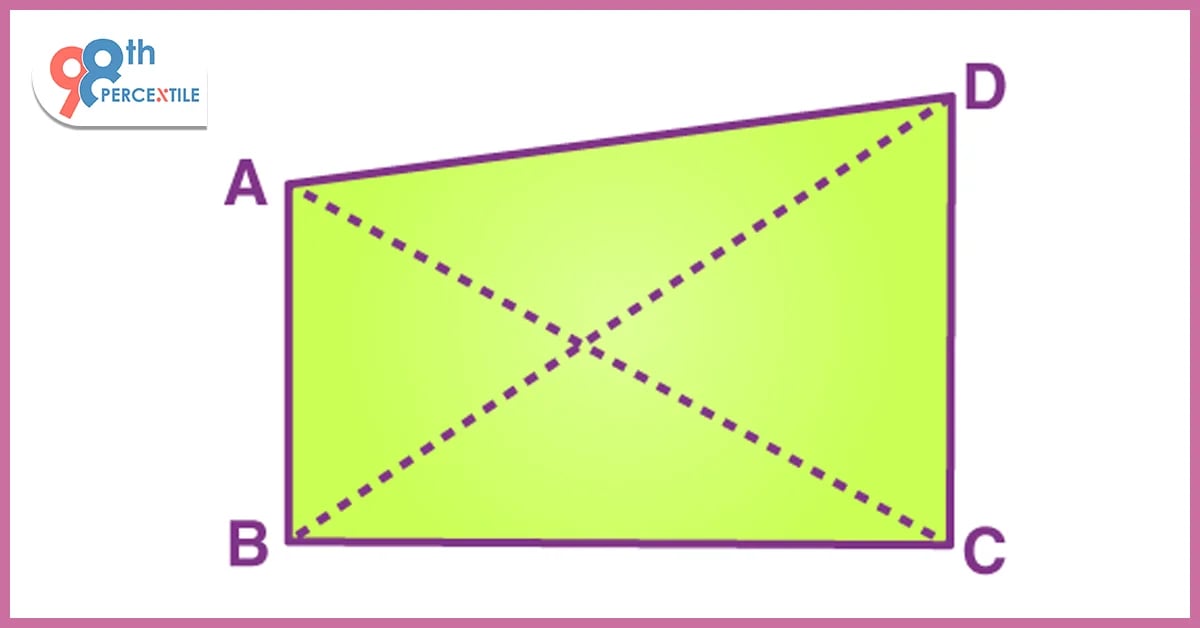
Welcome to the captivating world of quadrilaterals, where geometric wonders unfold through the exploration of four-sided shapes. In this comprehensive guide, we will embark on an enlightening journey, unraveling the unique properties, angles, and characteristics that define quadrilaterals. As we delve into the intricacies of these fascinating polygons, you'll gain a profound understanding of their diverse nature and the mathematical principles that govern them.
Understanding Quadrilaterals
At its core, a quadrilateral is any polygon with four sides, but the variations within this category are boundless. The defining characteristics of quadrilaterals include the sum of their interior angles, which always totals 360 degrees. This sum forms the basis for distinguishing between the various types of quadrilaterals, each with its own set of properties.
Start Your Child's Math Journey Now!
Delving into Diversity: The Many Faces of Quadrilaterals
The beauty of quadrilaterals lies in their varied personalities. Each type comes with its own quirks and defining characteristics. Let's meet some of the most prominent members of the family:
- The Humble Trapezoid: This friendly fellow has one pair of parallel sides, making him instantly recognizable. He comes in two flavors: isosceles (with equal-length legs) and scalene (where no sides are alike). Imagine a slice of pizza – that's an isosceles trapezoid!
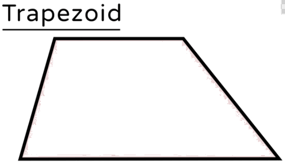
- The Dapper Parallelogram: This sophisticated shape boasts not one, but two pairs of parallel sides. His opposite sides also become best friends, sharing the same length. Think of a picture frame – it's a perfect parallelogram!
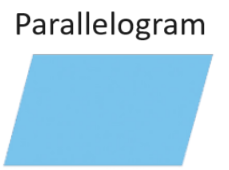
- The Regal Rectangle: This meticulous character takes parallelograms to the next level with perpendicular sides and four right angles. Think of a door – it's a rectangle in all its rectangular glory!
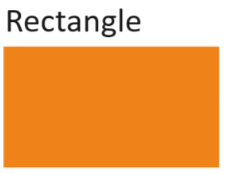
- The Majestic Square: This perfectionist elevates the rectangle even further, demanding not just perpendicular sides but also equal side lengths. Think of a Rubik's Cube cube – it's a square's dream come true!
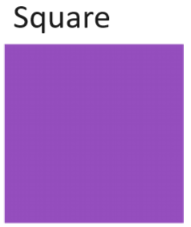
- The Wondrous Rhombus: This diamond-shaped charmer takes the parallelogram's parallel sides and adds the square's equal side lengths. Imagine a kite flying in the wind – that's a rhombus soaring high!
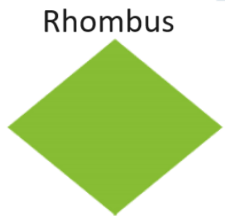
These are just a few of the many quadrilateral personalities you'll encounter on your geometric journey. Each type comes with its own set of unique properties, and that's where things get truly interesting.
Unveiling the Properties: A Quadrilateral's Inner Workings
Now, let's delve into the fascinating properties that define each quadrilateral and set them apart.
- Angle Symphony: The sum of the internal angles of a quadrilateral is always 360 degrees, no matter its shape or size. It's like a geometric orchestra where all the angles harmoniously come together to create this perfect whole.
- Parallel Play: Parallelograms and rectangles, with their parallel sides, have some special angle relationships. Opposite angles become twins, sharing the same measure, while adjacent angles add up to 180 degrees, like two friends forming a straight line.
- Diagonal Delights: Diagonals are lines connecting opposite vertices of a quadrilateral. In parallelograms and rectangles, they have a special talent – they bisect each other perfectly! Imagine cutting a rectangle diagonally – both halves are mirror images.
- Area and Perimeter: We can calculate the area (how much space a quadrilateral fills) and perimeter (the total length of its sides) using specific formulas. For rectangles, it's length times width, while for parallelograms, it's base times height.
Examples in Action: Putting Theory into Practice
Let's bring these properties to life with some real-world examples. Imagine a rectangular field for a cricket match. Its 22-yard pitch and 78-yard width combine to give an area of 1716 square yards, perfect for a thrilling game. Or, picture a window in your house. Its parallel sides and right angles make it a rectangle, and its dimensions determine the amount of light and fresh air it lets in.
Mastering the Quadrilateral World: Becoming a Geometry Guru
With this fundamental understanding of quadrilaterals, you're well on your way to becoming a geometry expert. By recognizing different types, identifying their properties, and applying formulas, you'll see these four-sided shapes popping up everywhere, from architecture and design to everyday objects and natural phenomena.
Happy quadrilateral hunting!
In the realm of geometry, quadrilaterals stand as versatile and intriguing shapes, each with its own distinct properties. This journey into the world of four-sided wonders has equipped you with the knowledge to identify, analyze, and apply the principles of quadrilaterals. Whether you encounter them in mathematical problem-solving or observe their presence in the physical world, mastering quadrilaterals opens doors to a deeper appreciation of geometry's intricacies.
Book 2-Week Math Trial Classes Now!
Join 98thPercentile for more information.

 Students/Staff
Students/Staff Parents
Parents ElevatEd
ElevatEd













